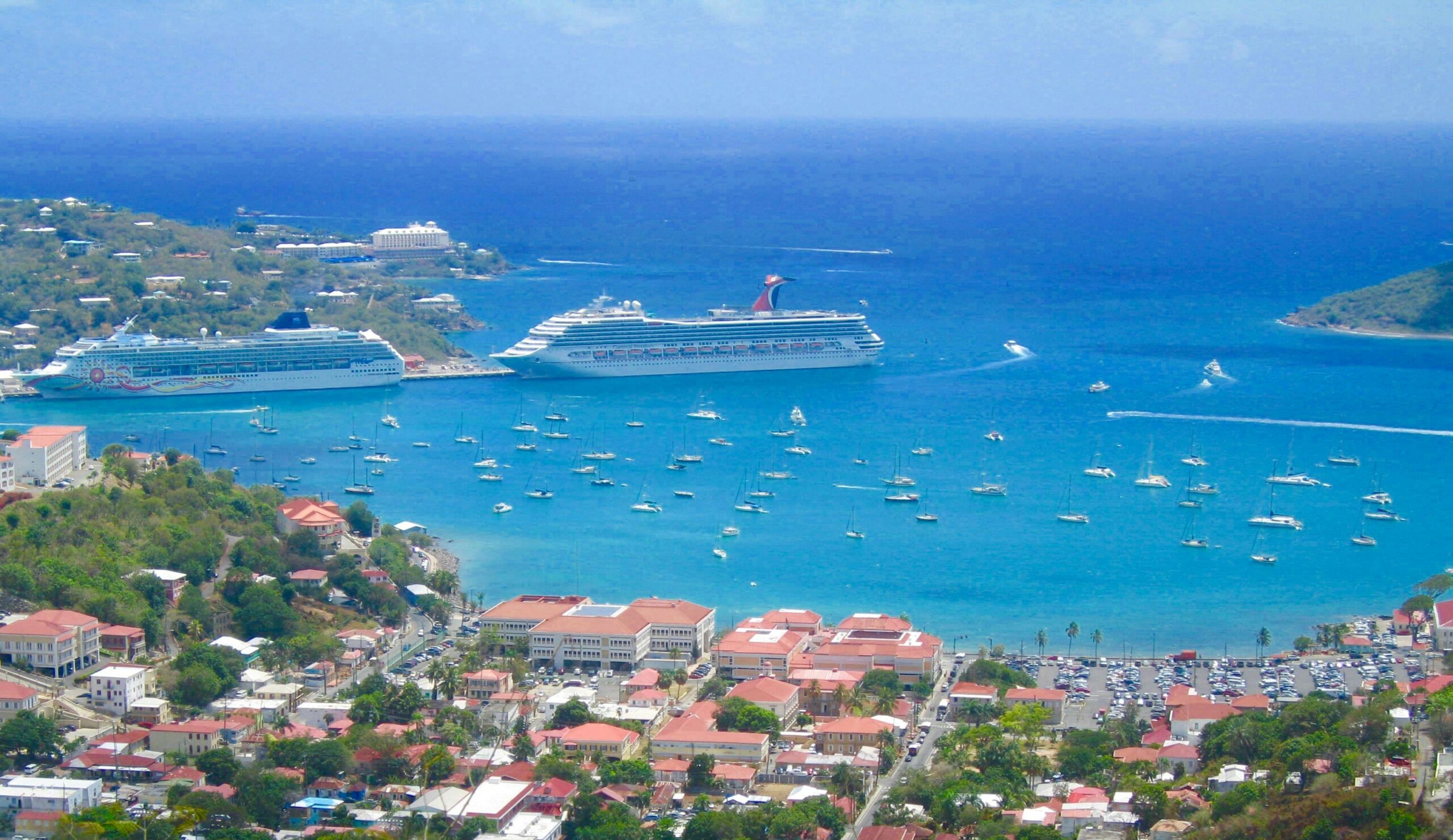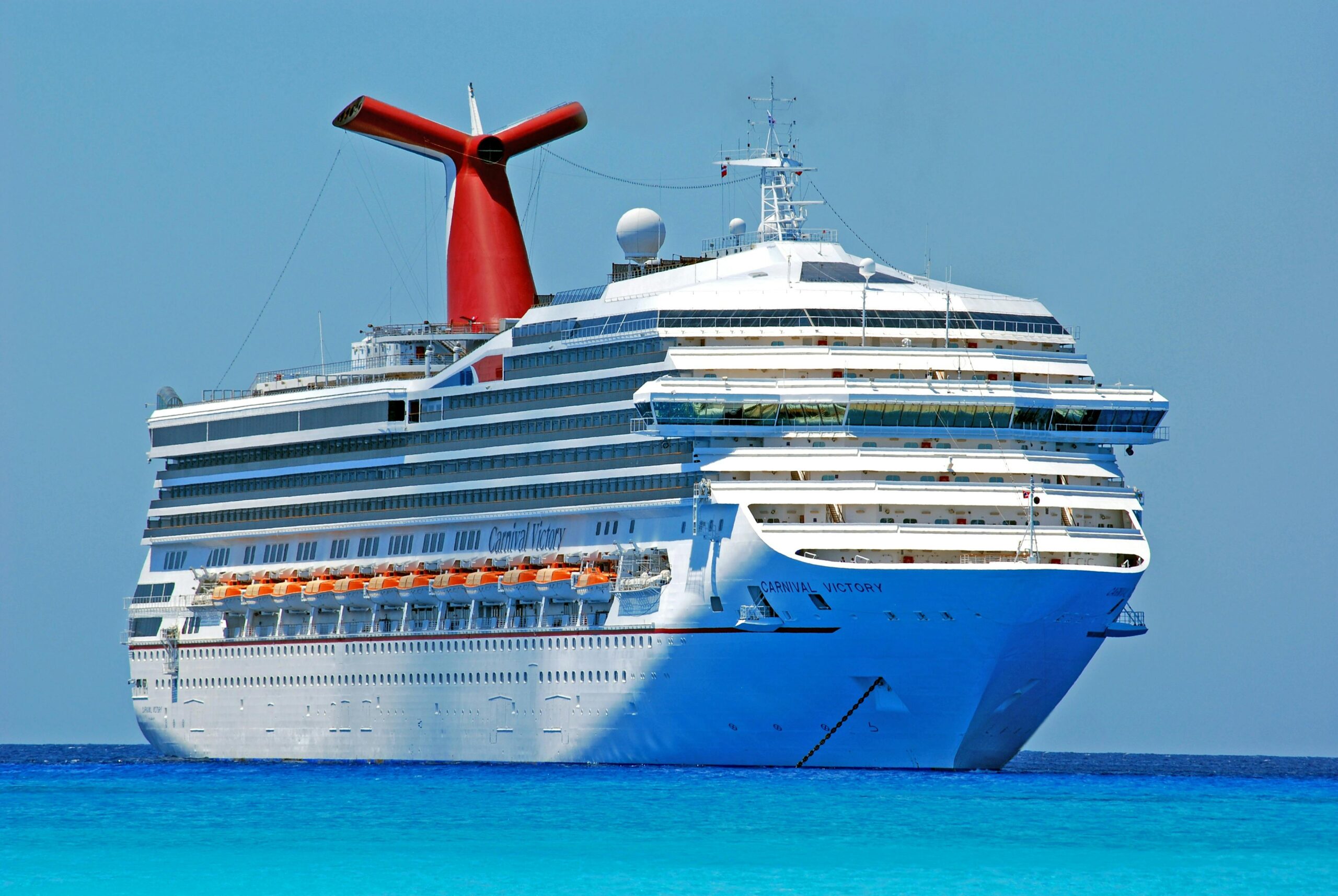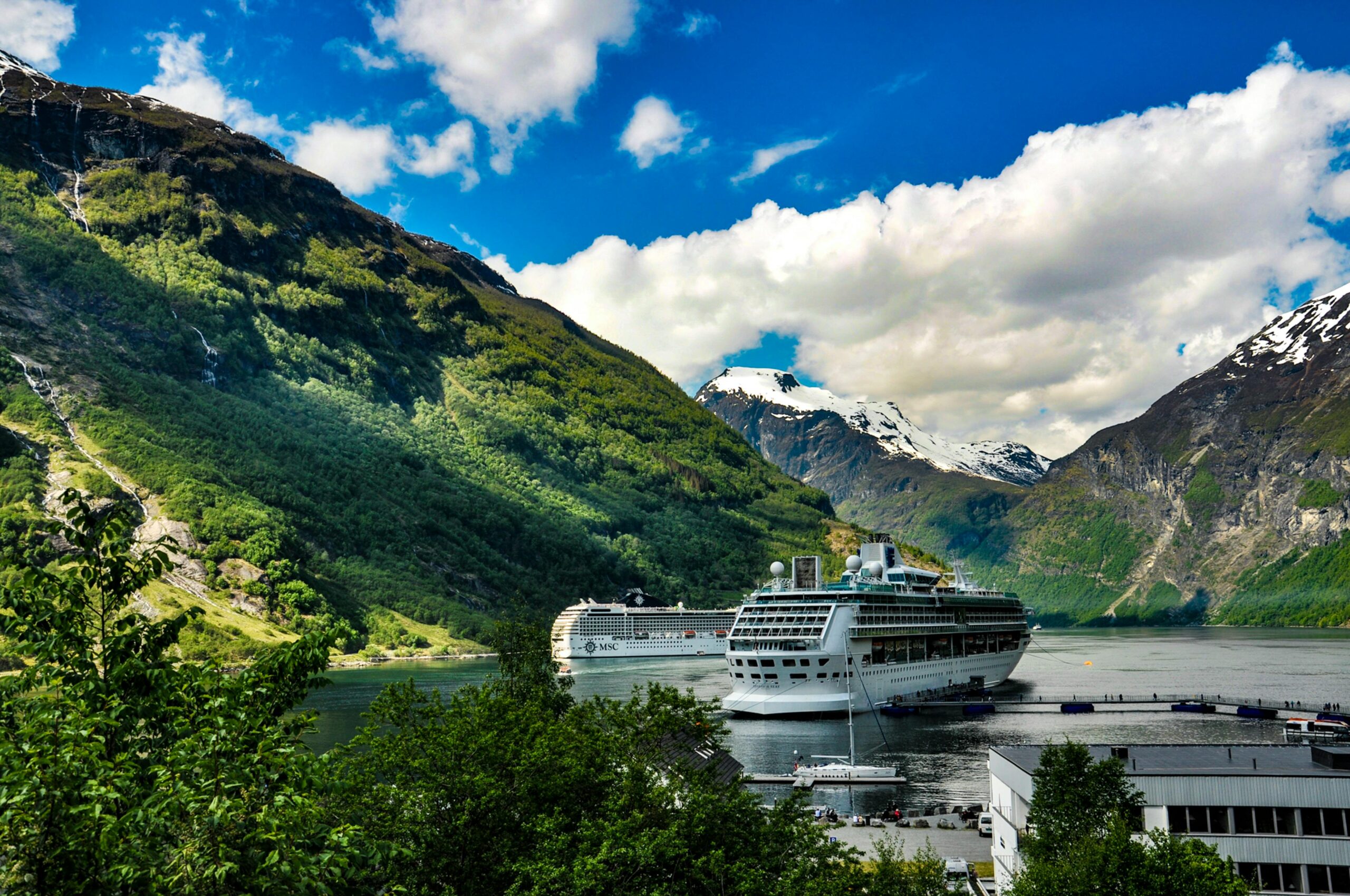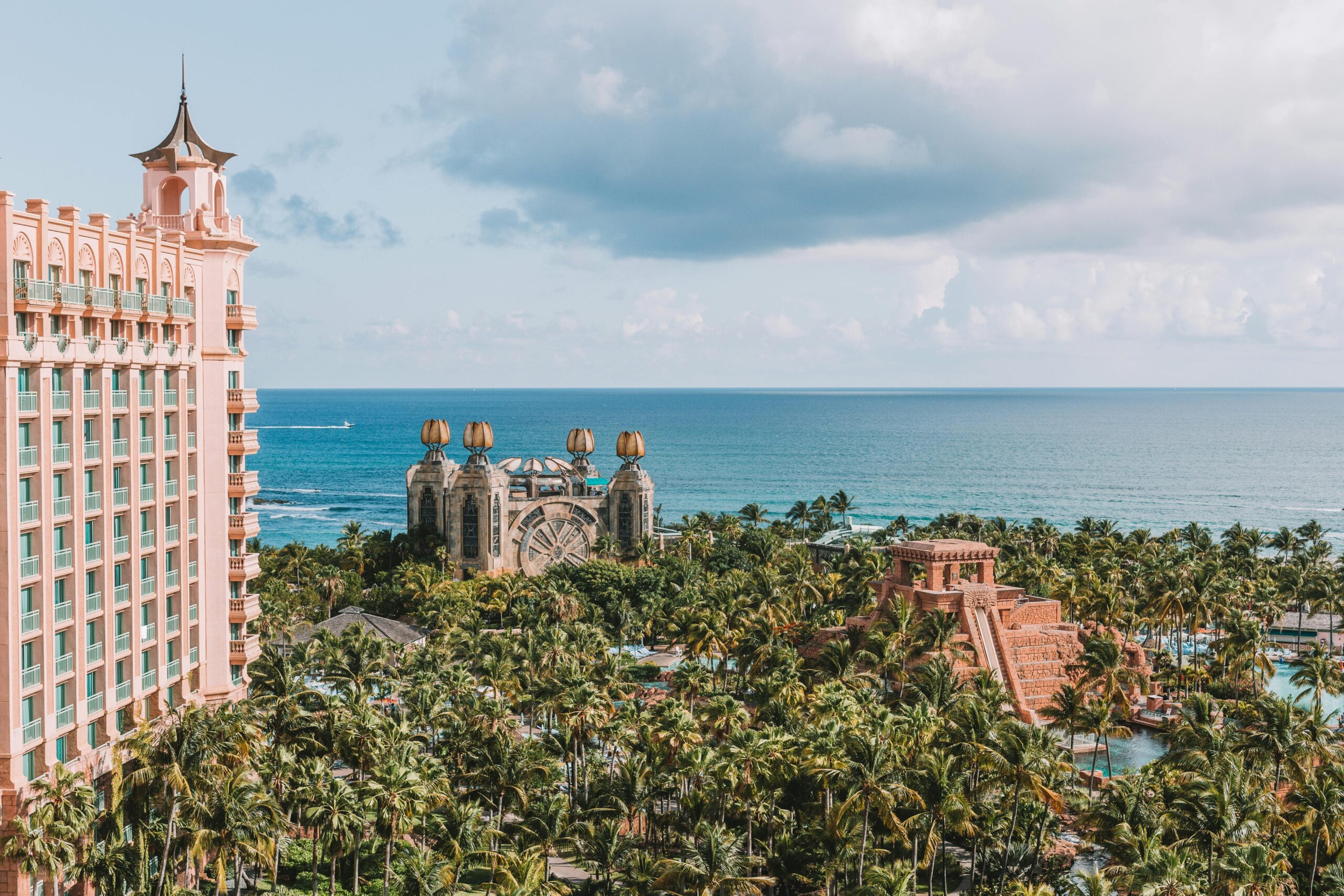When it comes to luxurious voyages and unforgettable maritime adventures, Carnival Cruise deals often steal the spotlight. But behind the glitz of cheap Carnival Cruises, exotic Carnival Cruise destinations, and thrilling Carnival Cruise excursions lies a corporate giant with deep-rooted origins. So, what country is Carnival Cruises owned by? The answer isn’t as straightforward as one might think—though the brand’s heart beats to an unmistakably American rhythm.
A Corporate Behemoth with American Roots
Carnival Cruise Line, the flagship brand of Carnival Corporation & plc, is headquartered in Miami, Florida. This sun-soaked city serves as the nerve center for the company’s operations, where itineraries are crafted, ships are managed, and the promise of oceanic escapades is sold to millions. But while Carnival’s identity is undeniably American, its corporate structure tells a more intricate tale.
The parent company, Carnival Corporation & plc, operates as a dual-listed entity—a corporate chimera with roots straddling both the United States and the United Kingdom. This unusual setup means the company is legally domiciled in Panama (a common practice for cruise lines due to favorable maritime laws) but trades on both the New York and London stock exchanges. The dual-listed structure emerged from a strategic merger in 2003 between Carnival Corporation (U.S.) and P&O Princess Cruises (U.K.), creating a cruise industry titan.
Why Panama? The Flag of Convenience
Though Carnival’s operational heart lies in the U.S., its ships often sail under foreign flags—most notably, Panama’s. This isn’t a quirk unique to Carnival; it’s an industry-wide practice known as using a “flag of convenience.” By registering vessels in countries like Panama, the Bahamas, or Malta, cruise lines sidestep stricter labor and tax regulations imposed by their home nations.
Panama’s maritime laws offer Carnival (and its competitors) significant advantages: lower operating costs, relaxed employment rules, and tax efficiencies. Yet, despite this legal maneuvering, Carnival’s brand identity remains firmly tied to its American heritage. The ships may fly foreign flags, but the experience—whether it’s the best time to book Carnival Cruise vacations or the onboard entertainment—is designed with American travelers in mind.
The Global Reach of an American Icon
Carnival Cruise Line is just one of nine brands under the Carnival Corporation umbrella, which includes European favorites like Costa Cruises and AIDA, as well as premium lines such as Princess Cruises and Holland America. This global portfolio allows Carnival Corporation to dominate every segment of the cruise market, from budget-friendly voyages to ultra-luxury expeditions.
Yet, despite its international subsidiaries, Carnival Cruise Line itself remains a distinctly American product. Its ships bear names like Carnival Vista and Carnival Horizon, and their onboard culture—think Vegas-style shows, burger joints, and laid-back “Fun Ship” vibes—reflects U.S. tastes. Even the brand’s marketing leans heavily into American nostalgia, with campaigns promising “Choose Fun” in a way that resonates deeply with domestic travelers.
The Bottom Line
So, who truly owns Carnival Cruises? Legally, it’s a Panamanian-registered corporation with Anglo-American roots. Operationally, it’s a Miami-based powerhouse. Culturally, it’s as American as apple pie—albeit served with a tropical twist. Whether you’re hunting for cheap Carnival Cruises or planning an elaborate getaway, you’re engaging with a brand that embodies the spirit of American leisure, even as it navigates the complex waters of global commerce.




